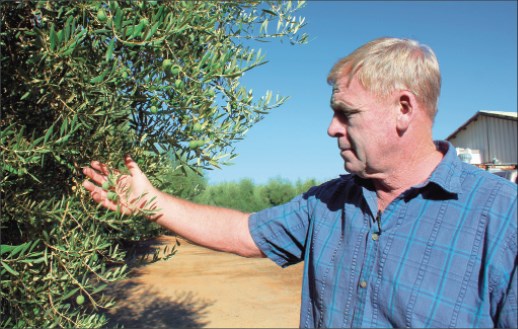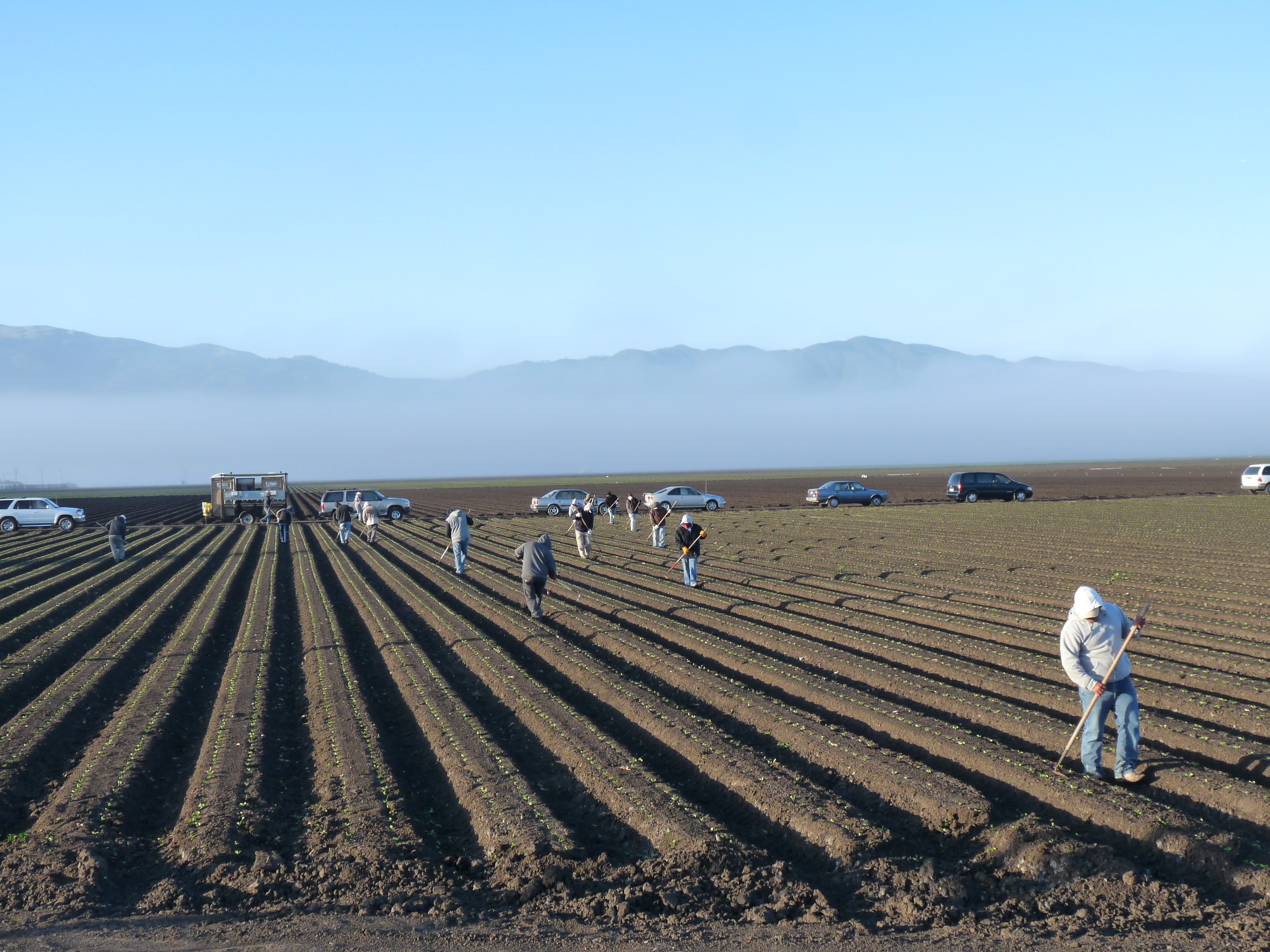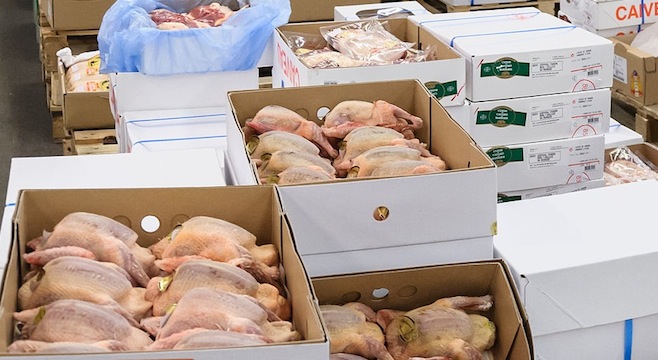Monterey County and Farm Worker Advocacy Group Negotiate Accord
Center for Community Advocacy (CCA) and Monterey County Ag Commissioner’s Office Join Hands
A farmworker advocacy group and the agency that regulates pesticide use in Monterey County TODAY announced the establishment of a farmworker advisory committee to advise the agency and to connect field workers to resources that the agency can use to help them.
“The advisory committee gives us direct access to farmworker leaders; to their concerns and to their suggestions,” said Eric Lauritzen, the Agricultural Commissioner of the County of Monterey.
“This gives us the opportunity to engage in positive, productive conversations that will help us fulfill our obligations to the farmworker community and to the agricultural industry in general.”
Farmworker leaders trained by the Center for Community Advocacy (CCA) will compose the advisory committee.
“CCA strives to develop leadership capacity among farmworkers at the neighborhood level,” explained Juan Uranga, CCA’s executive director and lead attorney. “We use CCA’s housing, health and programs to spot, recruit and engage neighborhood leaders throughout the Salinas and Pajaro Valleys. These leaders first improve conditions in their housing units and neighborhoods. We then create venues where these neighborhood leaders can use their collective power to strengthen their families and create positive change in their communities.”
Six of these CCA-trained neighborhood leaders will comprise the advisory committee.
“We are excited about creating this opportunity,” said one of the CCA neighborhood leaders. “We are pioneers and we hope we’ll be able to work together to help our brothers and sisters who work in the fields. We had a ‘meet and greet’ session with the Commissioner and his staff and we were impressed by their willingness to work with us.”
The Committee will advise the Commissioner’s Office on policies and practices as they impact field workers in Monterey County. The advisory committee and the Agricultural Commissioner’s Office will strive to improve protocols that protect farmworkers from pesticide exposure and other protocols within the Commissioner’s jurisdiction that protect the health and safety of farmworkers. The partnership will also help disseminate information about resources and programs that the Commissioner’s Office can make available to the farmworker community.
The advisory committee comes after negotiations that led to a Statement of Purpose between CCA and the Agricultural Commissioner’s Office. The Statement describes the following functions for the committee:
1. To meet at regular intervals with the Commissioner and his/her staff to exchange information and ideas that will improve the safety of farmworkers.
2. To help disseminate safety information from the Commissioner’s Office to the farmworker community, as the need arises
3. To host annual community dialogues where farmworkers and the Commissioner’s Office meet to discuss the Commissioner’s jurisdiction over agricultural lands in Monterey County.
4. To promote a more sustainable agricultural economy in Monterey County by protecting its most critical resource: farmworkers.
Discussions about forming the committee began several years ago. Working through a rocky start, both the Commissioner’s Office and CCA saw the incredible potential in developing a working relationship.
The two agencies had never worked together. Each had questions about the other’s willingness to work cooperatively. The two agencies developed their relationship by working together on several projects including the AgKnowledge Program hosted by the Grower-Shipper Foundation and a series of small forums between the Commissioner’s Office and CCA-trained leaders. Now, both the Agricultural Commissioner’s office and CCA look forward to this joint effort.


















